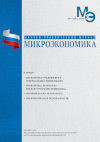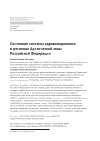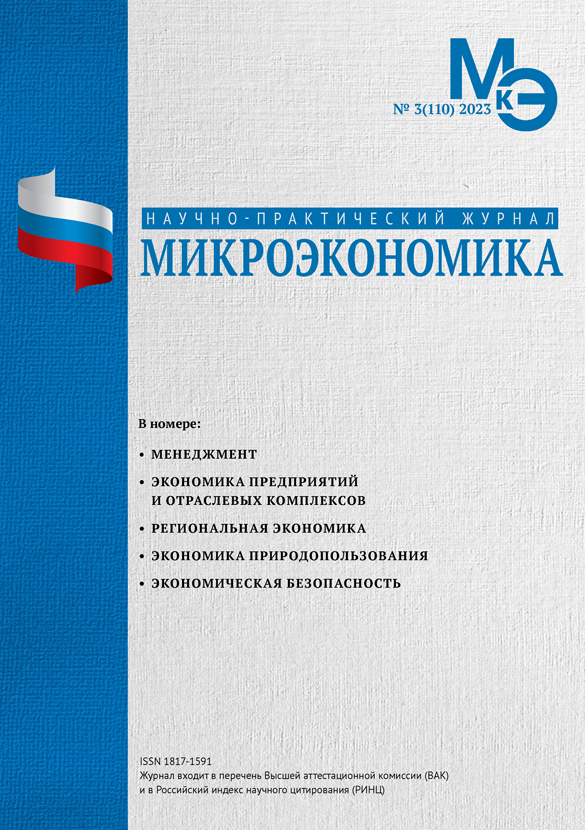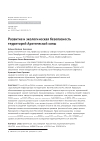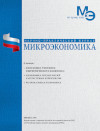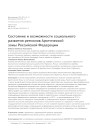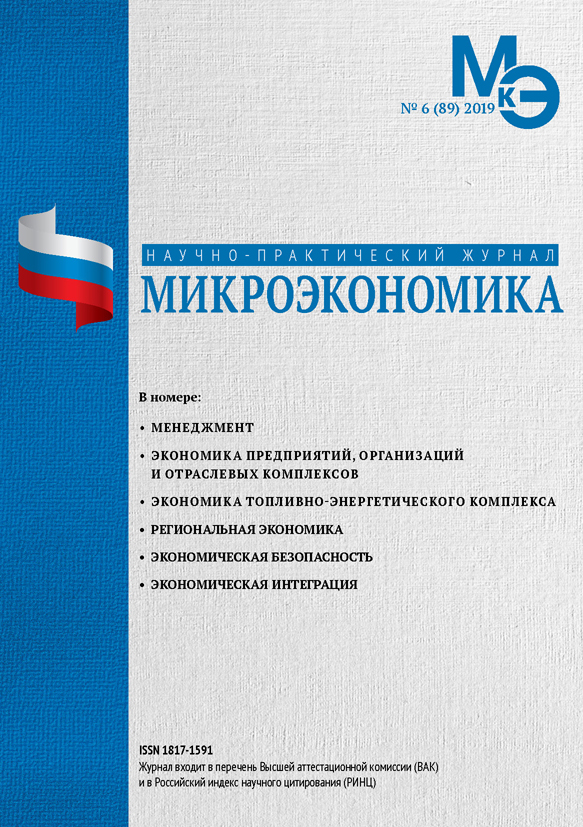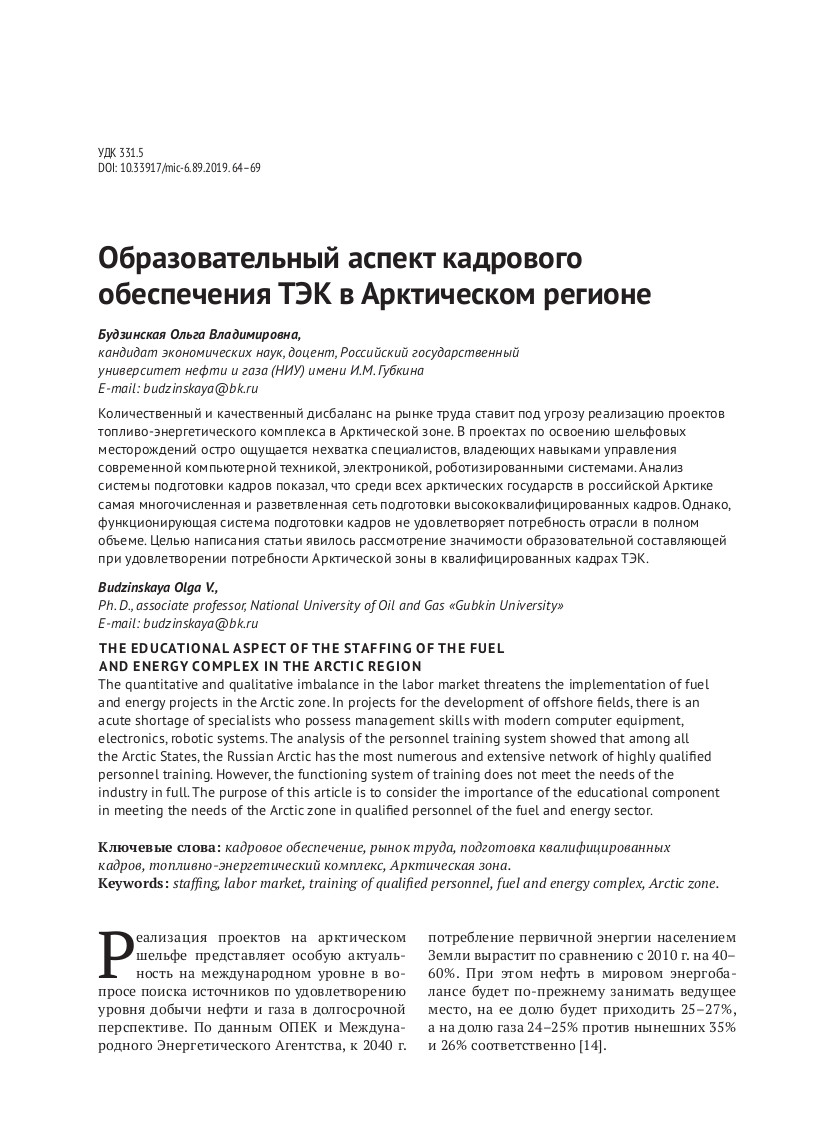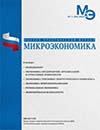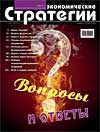The state of the healthcare system in the regions of the Arctic zone of the Russian Federation
DOI: 10.33917/mic-4.111.2023.82-93
Examines the state of the healthcare system in the regions of the Arctic zone of the Russian Federation based on the analysis of the level of provision of the population with healthcare facilities and personnel, judging by such specific indicators of annual state statistical reporting as the number of doctors of all specialties and secondary medical personnel, the burden on healthcare workers, the number of secondary medical personnel per doctor, the population per one a hospital bed, the capacity of outpatient clinics, the morbidity of the population with a diagnosis established for the first time in their lives. The ranking of the main classes of diseases according to the indicator characterizing the number of cases was also carried out. The dynamics of changes in these specific indicators from 2005 to 2021 is given, which allowed us to identify trends towards an increase or decrease in the quantitative values of the indicators under consideration.
References:
1. Decree of the Government of the Russian Federation dated May 20, 2023 No. 1315-r “On approval of the Concept of technological development for the period up to 2030”. URL: https://www.consultant.ru/document/cons_doc_LAW_447895/
2. Global Innovation Index 2022
3. Rating of regions by scientific and technological development – the results of 2021. URL: https://riarating.ru/infografika/20221024/630231634.html
4. Human development index in Russia: regional differences. URL: https://ac.gov.ru/uploads/2-Publications/analitika/2022/_2021_long.pdf
5. Most educated countries in 2023. URL: https://translated.turbopages.org/proxy_u/en-ru.ru.822d3c45-64ae8608-e9b7ec27-74722d776562/https/worldpopulationreview.com/country-rankings/most-educated-countries
6. Information and analytical materials based on the results of monitoring the activities of educational institutions of higher education. URL: https://monitoring.miccedu.ru/?m=vpo&year=2021
7. In 2022, the size of the market for additional professional education in Russia decreased by 3.8%: from 824 to 793 million acad. hours. URL: https://businesstat.ru/news/additional_professional_education/
8. Demographics. URL: https://rosstat.gov.ru/folder/12781
9. Life expectancy in Russia rose to a record high after a two-year decline. URL: https://www.rbc.ru/economics/26/03/2023/641f04989a7947c736e37524
10. On the results of the work of the Ministry of Health of the Russian Federation in 2022 and tasks for 2023. URL: http://medinvestclub.ru/wp-content/uploads/2023/04/About-results-of-work.pdf
11. The main directions of the budget, tax and customs tariff policy for 2023 and for the planning period of 2024 and 2025. URL: https://minfin.gov.ru/common/upload/library/2022/10/main/Osn_2023-2025.pdf


